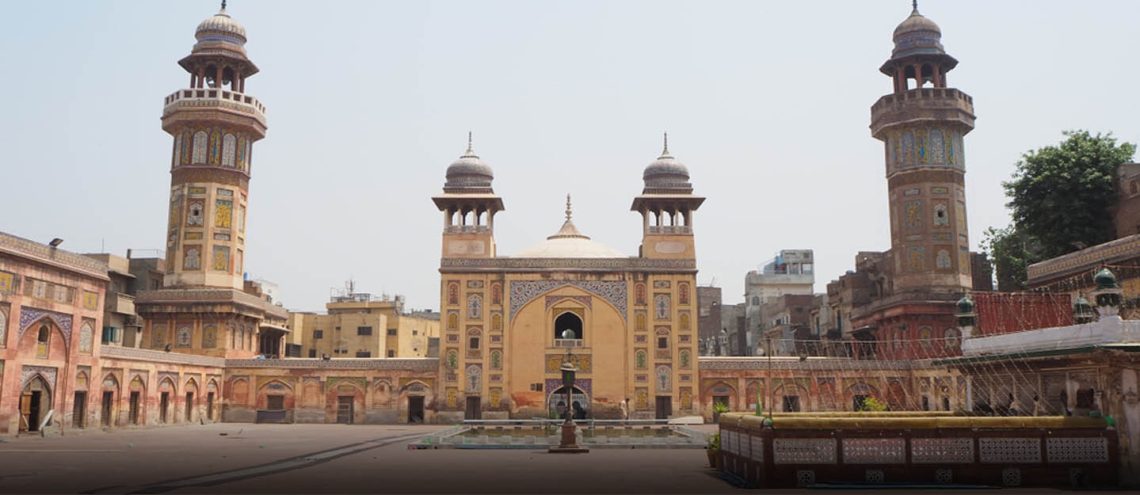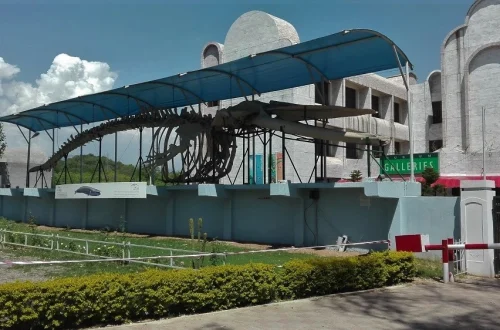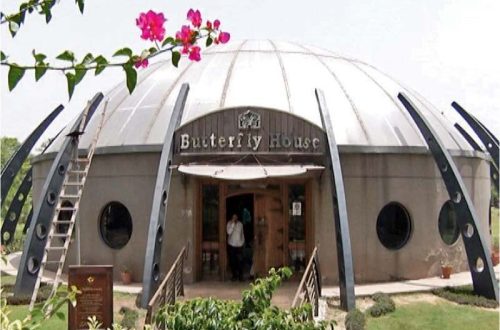In the heart of Lahore, Pakistan, stands a monumental testament to the grandeur of Mughal architecture: the Masjid Wazir Khan. This mosque, often hailed as one of the most intricately decorated mosques in the world, is not just a place of worship but a masterpiece of art and architecture. Its walls, adorned with exquisite frescoes, tiles, and calligraphy, tell tales of a bygone era when artistry and spirituality were intertwined. This article delves into the history, architecture, and cultural significance of the it, a true jewel of Lahore.
Historical Background
Masjid Wazir Khan was commissioned by Ilm-ud-din Ansari, commonly known as Wazir Khan, the then governor of Lahore, during the reign of Emperor Shah Jahan. Construction of the mosque began in 1634 AD and was completed in 1641 AD. Wazir Khan, a learned man and a patron of the arts, was keen on creating a mosque that would not only serve as a place of worship but also as a center for Islamic education and cultural activities. The mosque was strategically located inside the old walled city of Lahore, along the bustling Shahi Guzargah, or the Royal Road, which was the main route used by emperors and nobles as they entered the city.
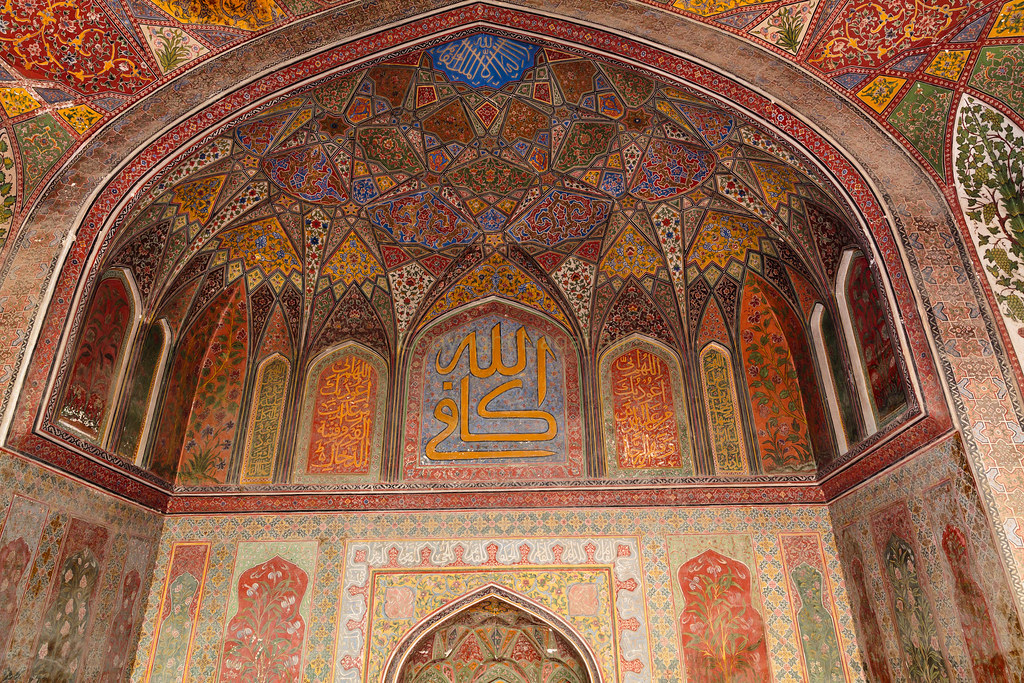
Architectural Marvel:Masjid Wazir Khan
Masjid Wazir Khan is often celebrated for its architectural splendor. The mosque is built on a raised platform, accessible by a flight of steps, symbolizing its spiritual importance. It features a rectangular plan, with the main prayer hall on the western side facing Mecca, as is customary in Islamic architecture.
1. The Prayer Hall and Courtyard
The main prayer hall of Masjid Wazir Khan is divided into five bays, each topped with a dome. The central dome is the largest and most ornate, signifying its importance. The interior of the prayer hall is adorned with intricate frescoes, a hallmark of Mughal art, depicting floral motifs, geometric patterns, and Quranic verses. The frescoes are executed with such precision and detail that they create a mesmerizing visual effect, drawing worshippers into a state of contemplation.
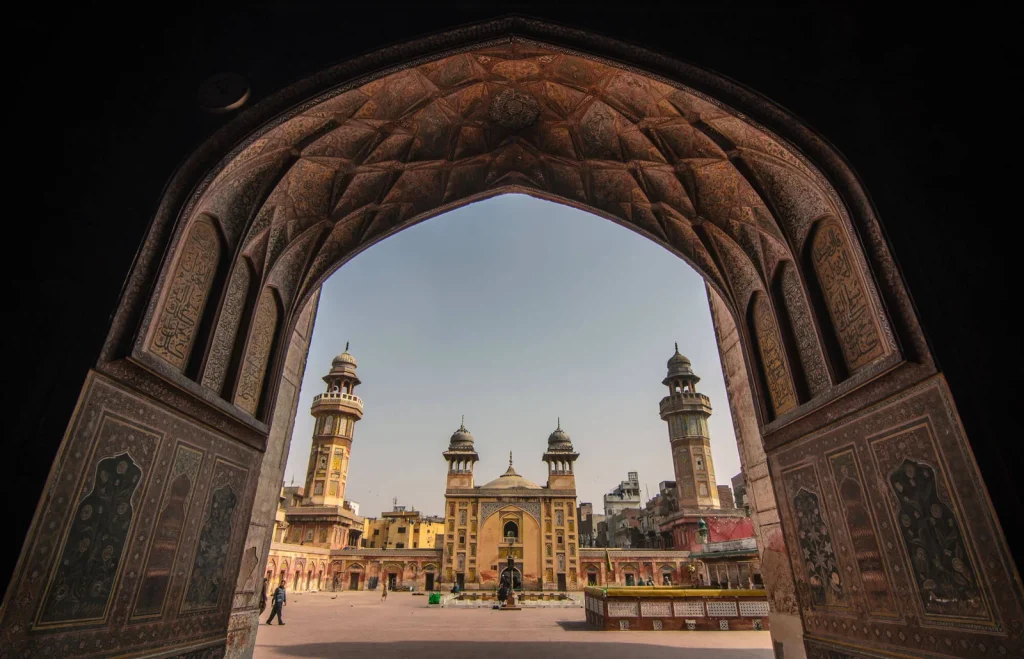
The courtyard, measuring approximately 160 feet by 130 feet, is another highlight of the mosque. The courtyard also features a central ablution pool, which is used for ritual purification before prayers. The symmetry and proportion of the courtyard reflect the Mughal architects’ mastery of design and spatial arrangement.
2. The Minarets
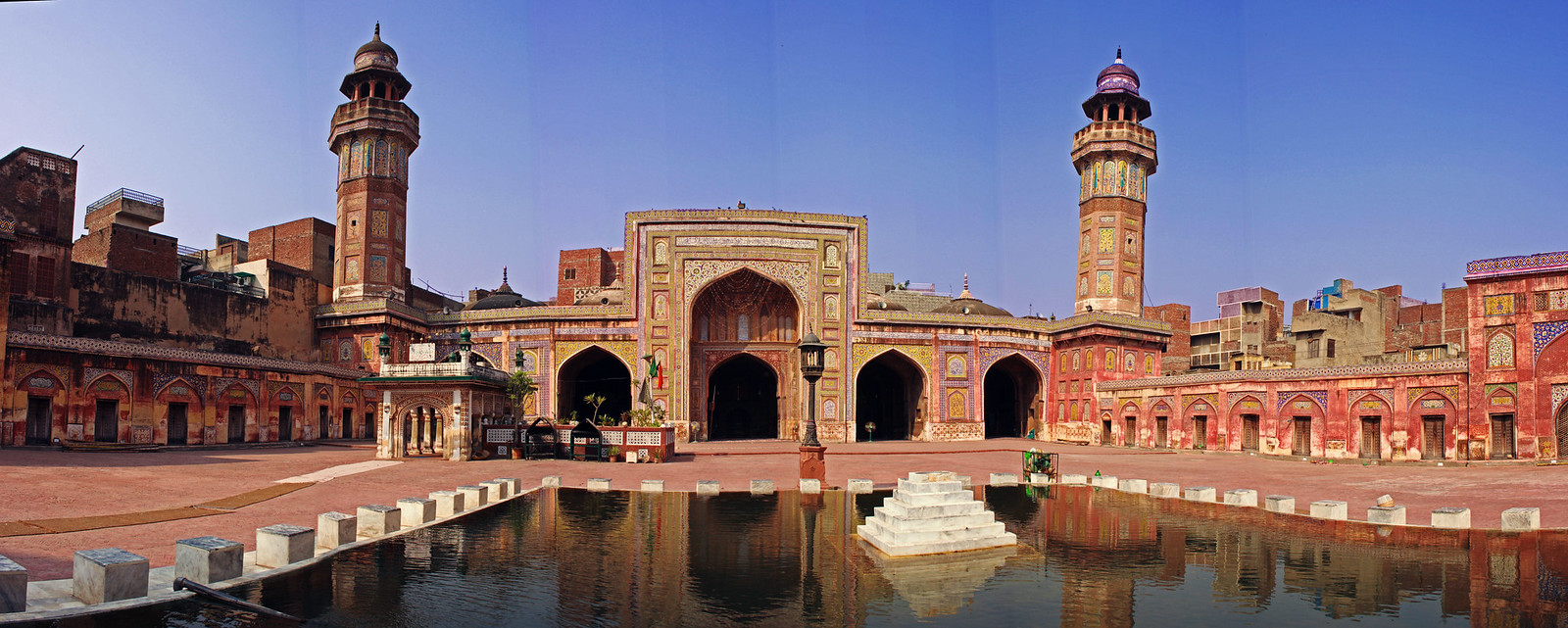
One of the most striking features of Masjid Wazir Khan is its four towering minarets, each standing at 107 feet tall. These minarets are positioned at the four corners of the mosque, lending it an air of grandeur and majesty. The minarets are cylindrical and tapering, with balconies at various levels, allowing for the call to prayer to be heard far and wide. The surface of it is covered in glazed tiles, known as kashi kari, which are arranged in intricate patterns of blue, green, and white. These tiles not only add to the aesthetic but also protect them from the elements.
3. The Eastern Facade and Calligraphy
The eastern facade of Masjid Wazir Khan is an artistic marvel in its own right. It features a large central iwan (a vaulted hall or space) flanked by smaller arched niches. The surface of the facade is covered in a dazzling array of glazed tiles, with floral and geometric designs interspersed with panels of Quranic calligraphy. The calligraphy is executed in various scripts, including Thuluth and Naskh, and is a testament to the skill of the artisans who worked on the mosque. The inscriptions, which include verses from the Quran and Hadith, serve to remind worshippers of the spiritual purpose of the mosque.
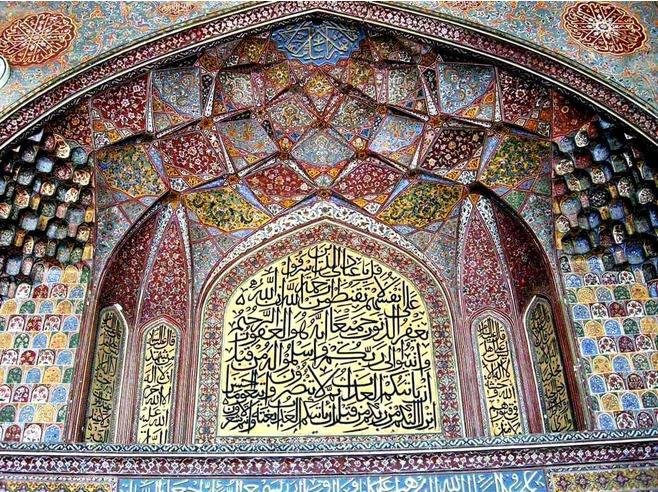
4. The Shahi Hammam Connection
Adjacent to Masjid Wazir Khan is the Shahi Hammam, or the Royal Bath, another architectural gem from the Mughal era. The Shahi Hammam was also commissioned by Wazir Khan and served as a public bathhouse for the residents of Lahore. The proximity of the mosque to the hammam underscores the holistic approach of the Mughals to urban planning, where spiritual, social, and physical well-being were all considered important. The Shahi Hammam, like the mosque, is decorated with intricate frescoes and tiles, creating a sense of continuity between the two structures.
Cultural and Religious Significance
This Masjid has been a center of religious and cultural activities in Lahore for centuries. It has hosted countless congregational prayers, religious gatherings, and educational sessions. The mosque has also played a role in the spiritual life of Lahore, with Sufi saints and scholars often visiting the mosque to deliver sermons and engage in spiritual discourse.
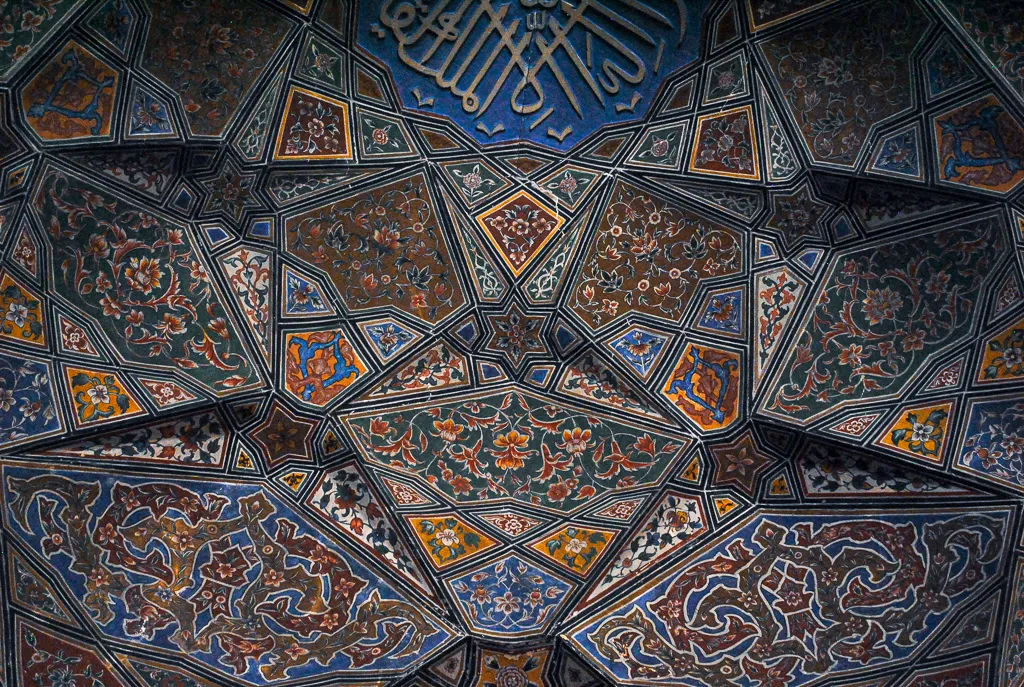
1. The Sufi Connection
The mosque is particularly associated with the Sufi tradition, which has a long and rich history in Lahore. The tomb of Syed Muhammad Ishaq Gazruni, a revered Sufi saint, is located within the mosque complex. Gazruni was known for his piety and scholarship, and his presence at Masjid has contributed to the mosque’s reputation as a spiritual center. Even today, devotees visit the mosque to pay their respects at his tomb and seek spiritual blessings.
2. The Role in Islamic Education
Masjid Wazir Khan has also been a center for Islamic education since its inception. The mosque’s design includes rooms and chambers that were originally used as madrasahs, or religious schools, where students could study the Quran, Hadith, and other Islamic sciences. These madrasahs played a crucial role in the dissemination of Islamic knowledge in Lahore and beyond. Although the traditional madrasahs no longer function in the same way, the mosque continues to be a place of learning, with religious scholars often delivering lectures and conducting study sessions.

Preservation and Restoration Efforts
Over the centuries, this Masjid has faced the ravages of time, weather, and neglect. However, recognizing historical significance, various preservation and restoration efforts have been undertaken to protect and restore the mosque to its former glory.
1. The Role of the Aga Khan Trust for Culture
One of the most significant restoration efforts has been led by the Aga Khan Trust for Culture (AKTC) in collaboration with the Government of Punjab. The project, which began in 2009, aimed to restore the mosque’s intricate frescoes, tiles, and structural elements. The restoration work involved the painstaking removal of layers of dirt and grime, the repair of damaged tiles, and the stabilization of the mosque’s structure. The AKTC’s efforts have been widely praised for their attention to detail and respect for the mosque’s historical integrity.
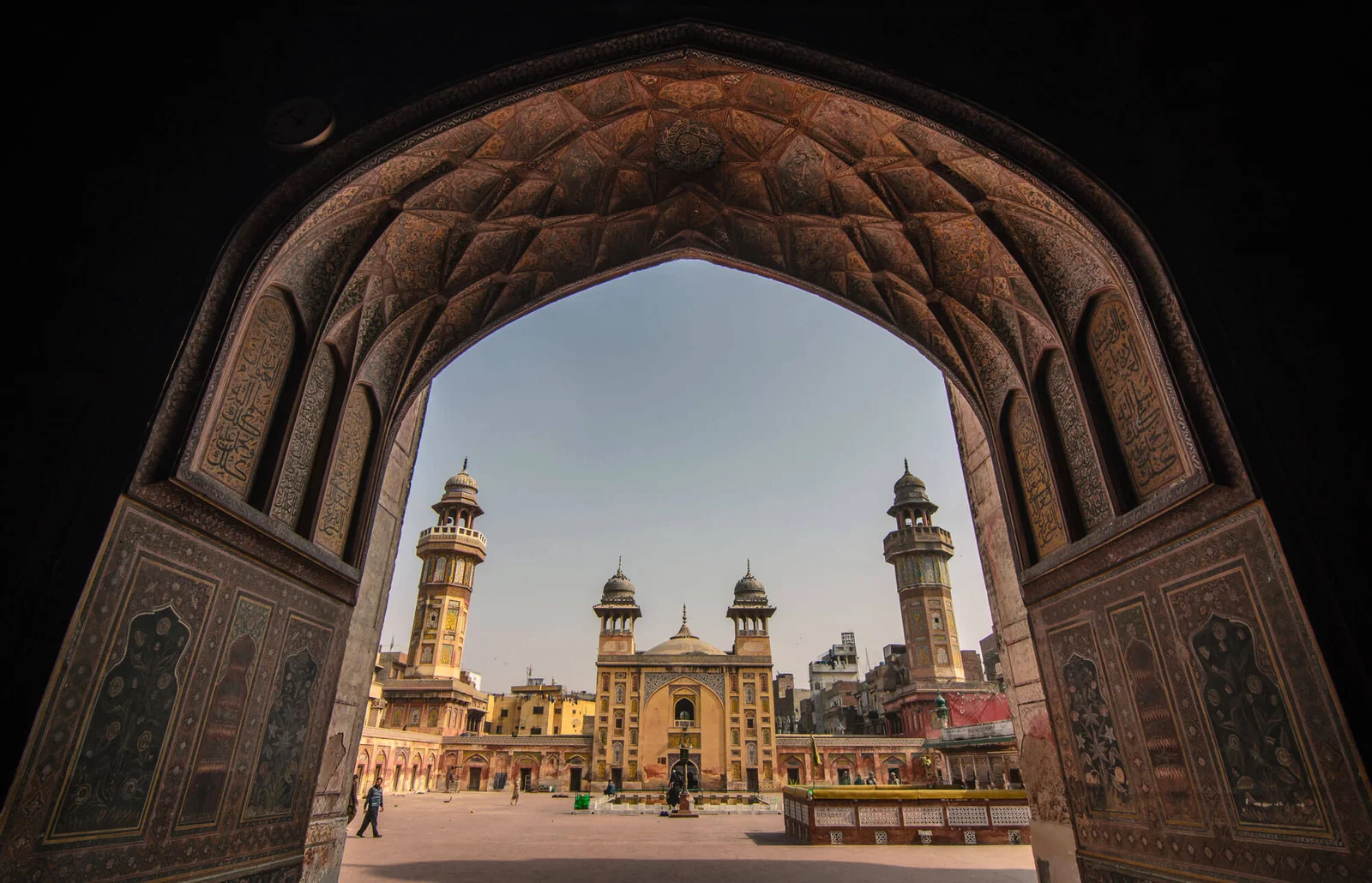
2. Community Involvement
This Masjid has also involved the local community, with efforts to raise awareness about the importance of preserving Lahore’s heritage. Workshops and training sessions have been conducted to equip local artisans with the skills needed to maintain and restore the mosque’s decorative elements. This community involvement has not only helped in the preservation of the mosque but has also fostered a sense of ownership and pride among the residents of Lahore.
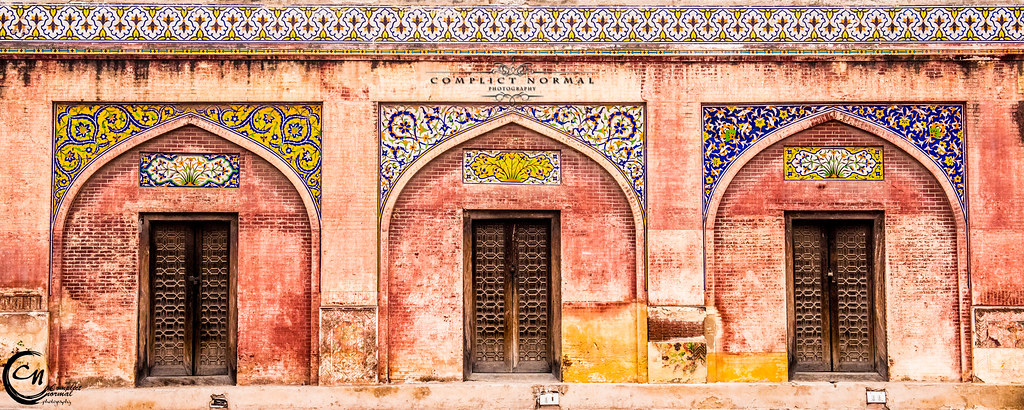
Conclusion
Masjid Wazir Khan is not just a mosque but it is a symbol of Lahore’s rich and architectural heritage. Its towering and beautiful calligraphy are a testament to the skill and artistry of the Mughal craftsmen who built it. But beyond its splendor, it is a living monument, a place where history, spirituality, and community converge. As efforts to preserve and restore the mosque continue, it remains a beacon of Lahore’s glorious past and a source of inspiration for future generations.
Who built the masjid Wazir Khan?
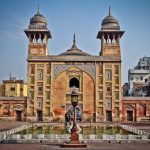
Hakim Shaikh Ilm-ud-din Ansari
Deep within the historic Walled City of Lahore lies the Wazir Khan Mosque, another architectural gem from the era of Shah Jahan. This magnificent mosque was commissioned by Hakim Shaikh Ilm-ud-din Ansari, the Governor (or Wazir) of Punjab, with construction beginning in 1634.
Who is buried in Masjid Wazir Khan?
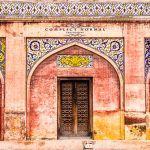
Sufi saint Syed Muhammad Ishaq Gazruni
The mosque houses the tomb of the Sufi saint Syed Muhammad Ishaq Gazruni, who is also known as Miran Badshah.
Who was Wazir Khan to Shah Jahan?
The title “Wazir Khan,” by which he is remembered today, was bestowed upon him by Shah Jahan and translates to “Wazir,” meaning a Minister or High Court Official. Alimuddin Wazir Khan is also credited with the construction of the Shahi Hammam in Lahore, commonly known as the Wazir Khan Hammam.
Who defeated Wazir Khan?
Fateh Singh
Wazir Khan was killed on the battlefield by two Sikhs, Fateh Singh and Baj Singh. On May 10, 1710, at Chappar Chiri, Wazir Khan, who had marched from Sirhind to engage the Sikhs in battle, was beheaded by Fateh Singh with the assistance of Baj Singh. The battle is commemorated today by Fateh Burj.
